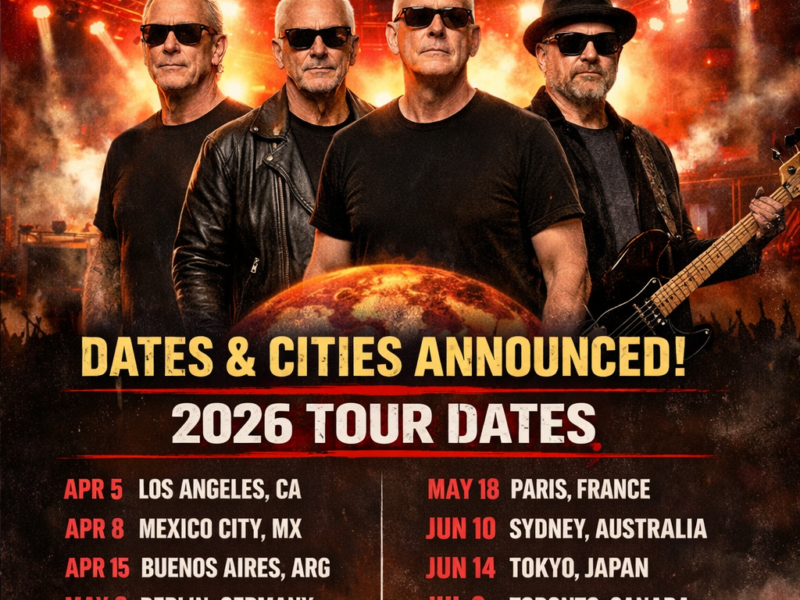Bob Dylan’s encounter with Jimmy Carter stands as a fascinating moment in cultural history, illustrating the crossing of artistic influence into the political and establishment realms. Dylan, renowned for his poetic lyrics and revolutionary songwriting, had long been seen as an outsider—an artist whose work challenged societal norms and gave voice to the counterculture. Meeting a future U.S. President, therefore, was not just a personal moment but also a symbolic intersection of two worlds: the rebellious artist and the figure of political power.
Dylan recounts that when he first met Jimmy Carter, the first thing Carter did was quote his songs back to him. This act was more than a mere compliment; it was a recognition of the cultural impact Dylan’s music had achieved. For an artist whose work had often been rooted in protest, social commentary, and poetic storytelling, hearing one’s songs echoed by a sitting president was an indication that the music had permeated beyond the margins of the counterculture and into the mainstream consciousness. It signified that Dylan’s words had become part of the national dialogue, shaping and reflecting the sentiments of a generation.
Dylan admits that this moment made him realize that his songs had “reached into the establishment world.” Before this, Dylan had largely been associated with the folk revival, protest movements, and underground scenes. His lyrics often challenged authority, questioned societal norms, and expressed the frustrations of the marginalized. The idea that those same songs could be appreciated by someone like Jimmy Carter, a politician and future president, might have been both surprising and somewhat unsettling. It marked a turning point, suggesting that Dylan’s influence was no longer confined to protests or underground venues but had entered the realm of formal power.
This realization was compounded by Dylan’s admission that he had “no experience in that realm” and had “never seen that side” before. It’s understandable that he might have felt uneasy. Artists often fear their work could be co-opted or misunderstood when adopted by figures of authority. There’s an underlying concern that the messages and spirit of their work could be diluted or misrepresented when placed within the context of political agendas or mainstream acceptance.
However, Jimmy Carter’s approach helped ease these concerns. Dylan notes that Carter “put my mind at ease by not talking down to me and showing me that he had a sincere appreciation of the songs that I’d written.” This detail highlights the importance of mutual respect and understanding in such interactions. Carter’s genuine appreciation for Dylan’s work demonstrated that he saw the music as more than mere entertainment; he recognized its cultural and perhaps even moral significance. Rather than approaching Dylan with condescension or superficial admiration, Carter’s sincere acknowledgment helped bridge the gap between the artist and the politician.
This moment also underscores a broader theme about the power of art to influence and communicate across different spheres of society. Dylan’s songs, often rooted in social justice, change, and human rights, resonated enough to be quoted by a future leader who would go on to shape policies affecting millions. It shows that art, especially music with profound lyrical content, can serve as a form of dialogue—an unspoken conversation between the creator and the listener, regardless of their societal position.
Furthermore, Dylan’s reaction reveals the humility and openness that can foster genuine connections. His initial unease reflects a common artist’s concern about the commercialization or politicization of their work. Yet, Carter’s respectful acknowledgment exemplifies how figures of authority can engage with art in a way that honors its original intent. This interaction exemplifies that authority figures, when genuinely appreciative, can serve as custodians of cultural expression rather than mere consumers.
In the broader context, Dylan’s experience can be viewed as a symbol of the evolving relationship between artists and the establishment. During the 1960s and 70s, many musicians and cultural figures navigated the delicate balance between staying true to their roots and engaging with mainstream or political institutions. Dylan’s encounter with Carter exemplifies how mutual respect and genuine appreciation can foster meaningful dialogues that transcend societal boundaries.
In conclusion, Bob Dylan’s reflection on his first meeting with Jimmy Carter reveals a moment of cultural significance. It highlights how a songwriter’s work can transcend its initial context and influence even the highest levels of government. Carter’s sincere appreciation and respectful acknowledgment helped Dylan see that his songs had become more than just protest anthems; they had become part of the fabric of American cultural identity. This encounter serves as a reminder that art and politics, often seen as separate spheres, can intersect in ways that promote understanding, respect, and positive dialogue. It’s a testament to the enduring power of music to connect individuals across societal divides and inspire mutual recognition.
—
Would you like me to expand further or focus on a specific aspect?


